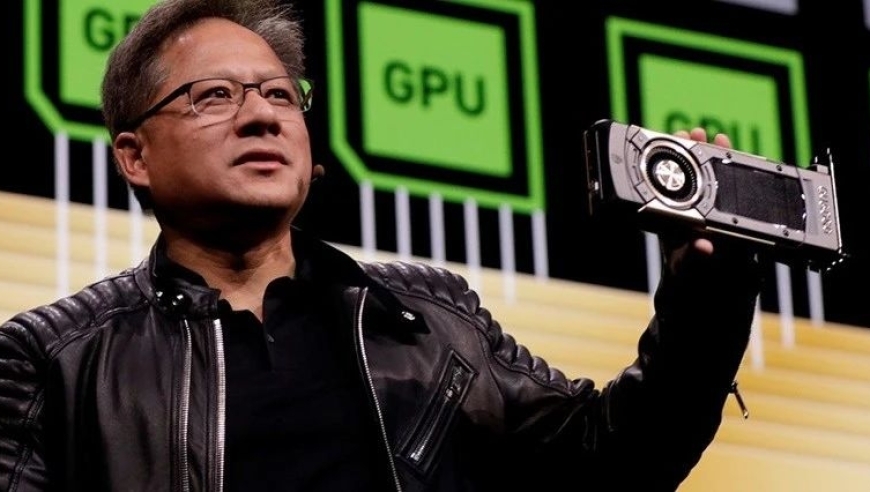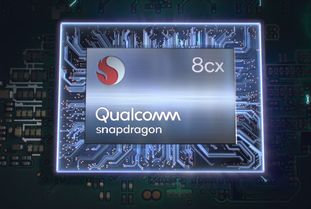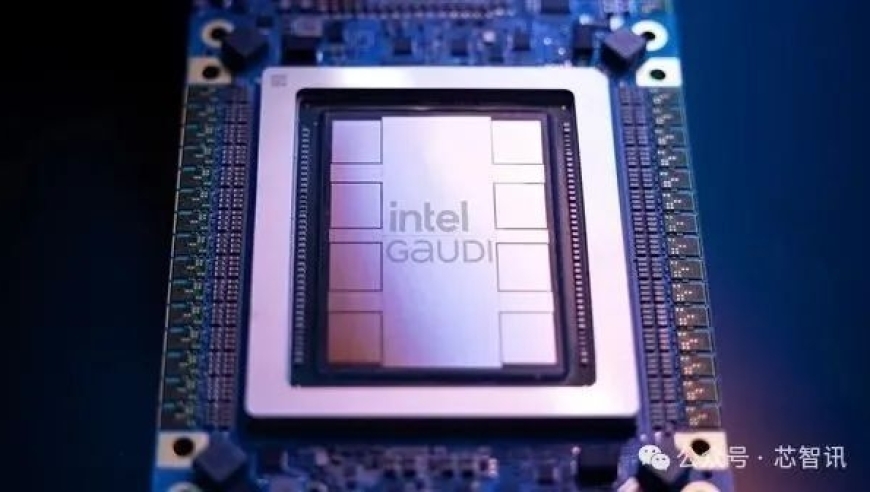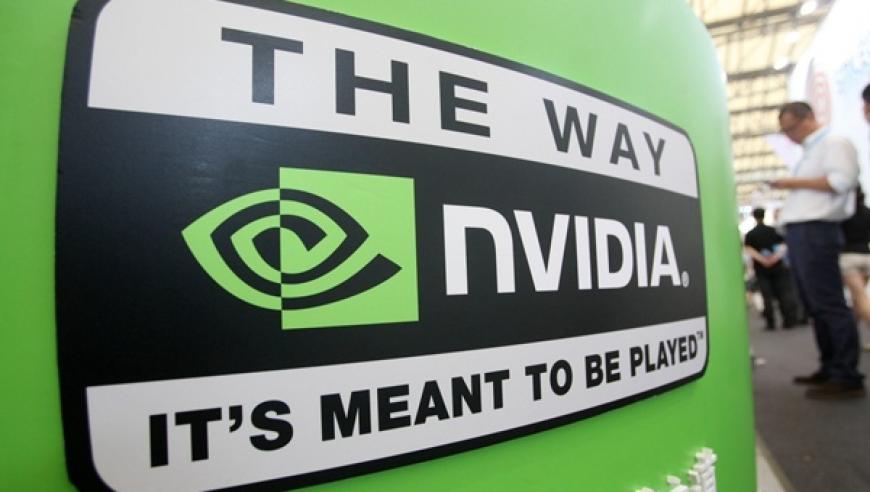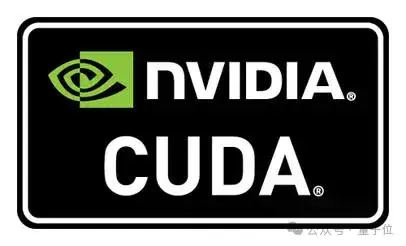
英伟达面临反CUDA联盟和巨头竞合,强调软件议程,推动跨CPU优化平台Unity及开源项目Launchpad。UXL基金会与AMD一同启动ROCm协同策略,并计划构建为多种AI加速器提供底层编程环境,以重塑CUDA生态,对软件工程界产生深远影响。同时,强化针对Azure、微软Azure和AWS等云服务提供商的合作,实现端到端AI加速解决方案。英伟达副总裁兼加速计算首席总监表示,在如今的世界加速发展中,推动多GPU、分布式计算等技术将成为AI的关键趋势。UXL基金会力争利用该倡议深化多芯片生态系统的发展,塑造并驱动AI加速应用的多样化边界,从而打破CUDA产业的护城河,促进AI加速领域的繁荣发展。
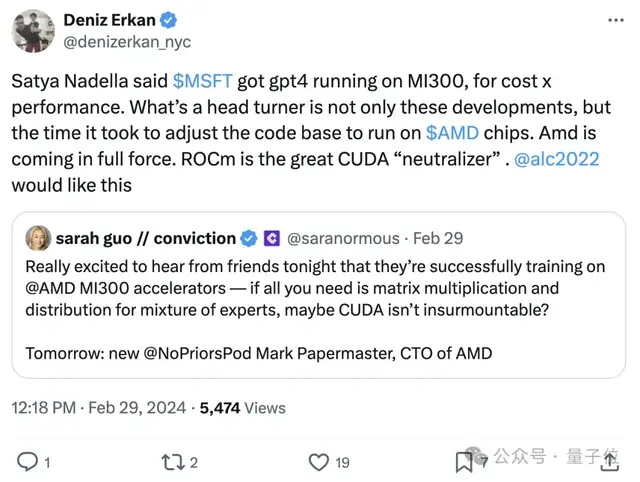
Title: Unveiling NVIDIA's Strategy to Dominate the AI Acceleration Landscape with Unity, ROCm and Unity Foundation
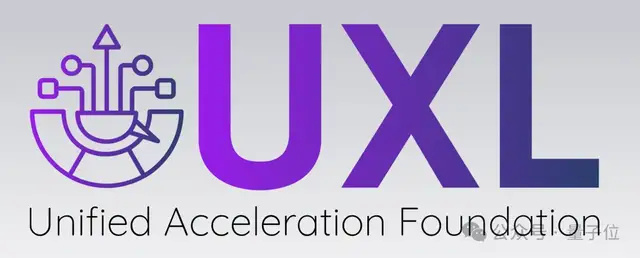
Introduction:

In the rapidly evolving landscape of AI acceleration, NVIDIA is taking a proactive stance by emphasizing software optimization, cross-CPU platforms such as Unity, and the open-source project Launchpad. This strategic approach aims to reshape the CUDA ecosystem, influence the software engineering community, and drive innovation across multiple cloud service providers. The objective is to expand the boundaries of GPU computing, promote multi-GPU and distributed computing, and foster the development of diverse AI acceleration applications that transcend traditional limitations.
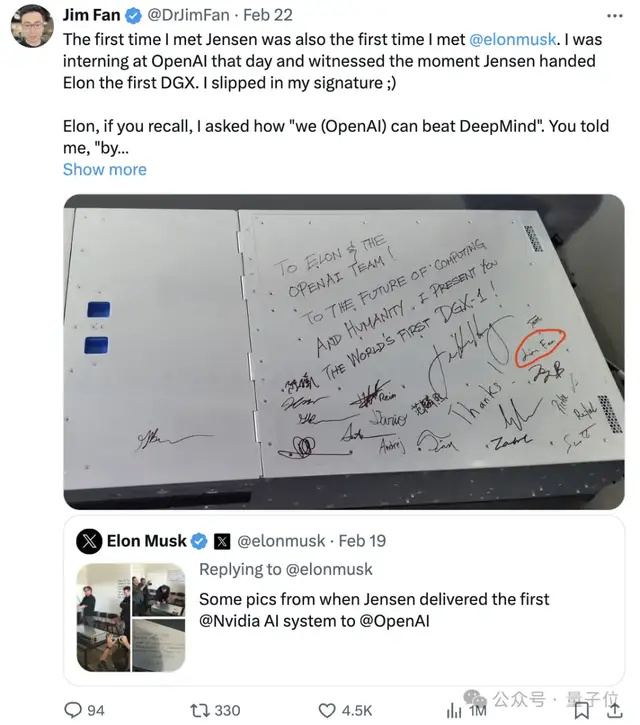
1. Unity and Open-Source Project Launchpad:
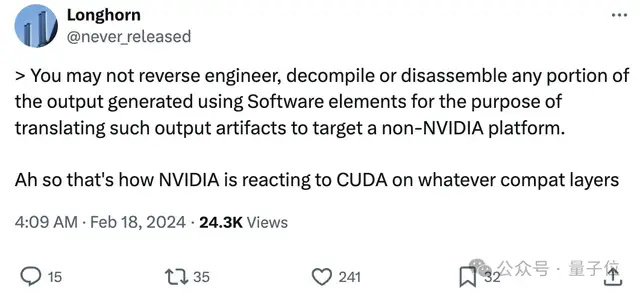
NVIDIA has recognized the significance of fostering collaboration and sharing knowledge in the development of advanced AI accelerators. By partnering with Unity, an industry-leading game engine, they aim to create an open-source platform that enables developers to write code for various NVIDIA GPUs from a single place. Unity provides a comprehensive set of tools and libraries for game development, including AI integration, graphics processing units (GPUs), and simulation. This unified framework democratizes access to the underlying technology and encourages innovative research, leading to the creation of more accessible and efficient AI solutions.
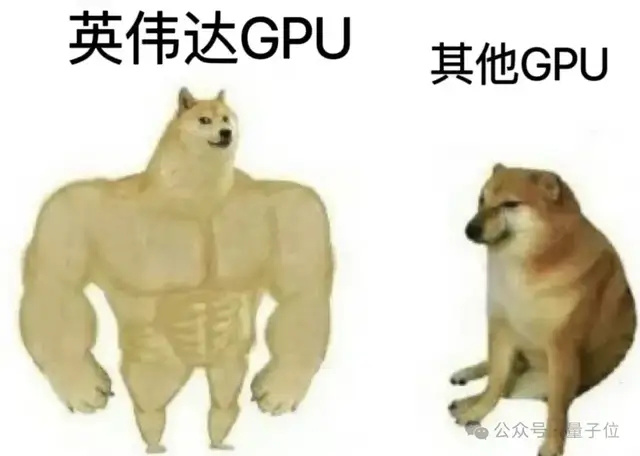
Unity's open-source project Launchpad, on the other hand, serves as a central hub for developers to contribute and collaborate on various AI-related projects. It offers a robust ecosystem that includes tutorials, frameworks, and documentation, enabling developers to learn about different techniques and technologies. Launchpad facilitates the exchange of ideas, best practices, and bug fixes, fostering a vibrant and dynamic community of AI enthusiasts. By promoting open-source development and encouraging collaboration, NVIDIA aims to foster a culture of continuous improvement and enable the creation of cutting-edge AI acceleration solutions.
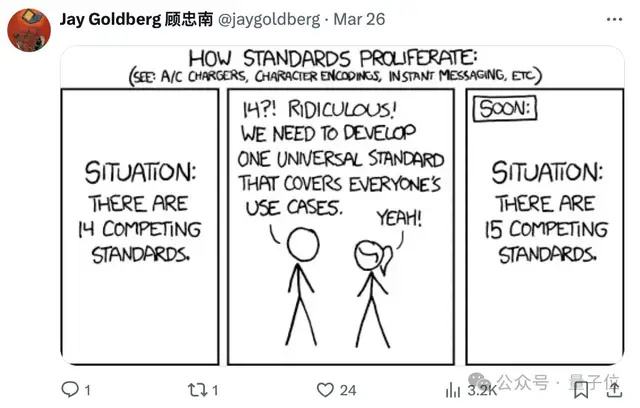
1. Cross-CPU Optimization Platforms:
Another crucial aspect of NVIDIA's strategy is their focus on building platforms specifically tailored to supporting cross-CPU parallelism. Unity is built on the x86 architecture, but with the help of the GPU migration toolkit, developers can leverage the power of GPUs on different platforms. Unity's CPU-specific optimizations provide support for high-performance rendering, parallel algorithms, and real-time ray tracing, ensuring smooth performance even on underpowered systems. This allows developers to harness the full potential of their GPUs without compromising efficiency or performance on other architectures.
Unity's multi-GPU capabilities also play a vital role in this context. Developers can create instances of multiple GPUs within Unity, each with its own specialized functionality and resources, which can improve the overall performance of the system. This approach promotes resource pooling, enabling organizations to utilize multiple GPUs efficiently, thereby reducing latency and improving the speed of AI applications.
1. Cloud Service Providers Collaboration:
To cater to the growing demand for AI acceleration in the cloud market, NVIDIA is actively collaborating with Microsoft Azure, AWS, and Google Cloud Platform (GCP) to offer end-to-end AI acceleration solutions that integrate seamlessly into their respective services. These collaborations allow NVIDIA to showcase the versatility and flexibility of their products while leveraging the strengths of cloud infrastructure providers. With Azure's strong support for machine learning, AI-aware workloads, and on-premise deployment, NVIDIA can offer a comprehensive suite of AI accelerated solutions that seamlessly integrate with cloud services. Similarly, GCP and AWS provide powerful compute and storage resources that can be leveraged to accelerate AI training, inference, and analytics processes. These partnerships enable NVIDIA to reach a wider audience and generate significant market share in the cloud AI space.
1. Developing Multicore AI Acceleration Applications:
NVIDIA's strategy is not limited to the development of individual AI acceleration solutions. Instead, it emphasizes the need for creating applications that utilize multi-core processors and distributed computing environments to deliver optimal performance. By offering native support for multi-GPU hardware, Unity enables developers to design AI-based games, simulations, and other applications that can benefit from concurrent processing. This approach encourages experimentation and creativity, leading to the emergence of novel AI acceleration patterns and architectures.
Furthermore, NVIDIA's focus on modularizing AI acceleration into smaller, reusable components helps build more scalable and maintainable AI accelerators. This modular approach simplifies the process of integrating new features, optimizing existing systems, and managing updates, making it easier for developers to adopt and evolve their workflows. By focusing on a holistic approach to AI acceleration, NVIDIA empowers developers to develop AI-powered applications that adapt to changing demands, making them more adaptable and resilient in the ever-evolving field of AI.
Conclusion:
NVIDIA's comprehensive approach to AI acceleration is centered around software optimization, cross-CPU platforms like Unity, and the open-source project Launchpad. By fostering collaboration with Unity, creating dedicated cross-CPU optimization platforms, and working closely with cloud service providers, NVIDIA positions itself at the forefront of the AI acceleration revolution. These efforts will enable NVIDIA to break down barriers and redefine the boundaries of GPU computing, delivering more accessible and efficient AI acceleration solutions for businesses, researchers, and developers worldwide.
The launch of the UXL Foundation, along with the establishment of ROCm, showcases NVIDIA's commitment to driving innovation in the AI acceleration sector. This foundation represents the next step in the evolution of NVIDIA's product roadmap, aimed at nurturing a diverse range of AI acceleration platforms and tools that cater to different use cases and requirements. With these initiatives, NVIDIA aims to significantly impact the landscape of AI acceleration, transforming the way developers approach the development and execution of AI-driven applications.
As NVIDIA continues to push the boundaries of what is possible in the world of AI acceleration, its collaborative strategies and innovations have the potential to reshape the industry and create a thriving ecosystem that benefits both NVIDIA and its partners. As the world speeds up towards the era of intelligent machines, NVIDIA's commitment to advancing AI acceleration presents an opportunity to unlock untapped potential and shape the future of AI alongside the creators of tomorrow's groundbreaking applications.






